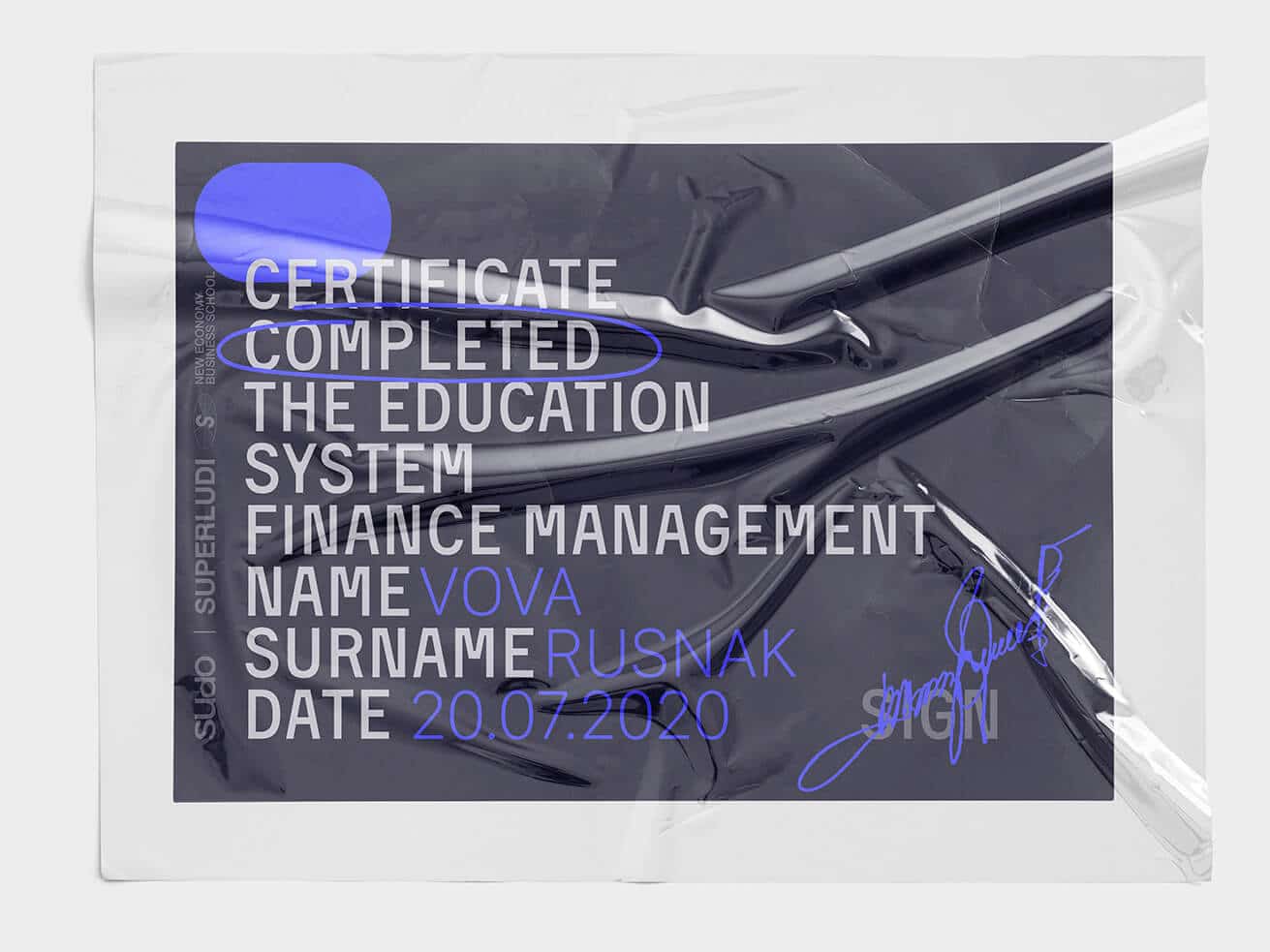Simulator course Financial management
An educational simulator helps you learn finance step-by-step in a playful, easy way. Here, you will master the skills as if you were in a real business, but without risking real money.
Who is this for?
For accountants
You will understand management accounting, planning, and financial models in order to become a financier and get a promotion.
You will learn how to:
- independently maintain Cashflow – cash flow report
- create a P&L from scratch – a profit and loss report
- avoid cash gaps
- correctly calculate the profit of the company
- make accurate forecasts of expenses and income
- appraise the value of the company
- draw up a financial plan for the company
- calculate the payback period of projects
- calculate the cost and correctly determine the price of the product
- calculate business profitability
- create dashboards with financial indicators
- calculate working capital and equity
- keep a balance sheet
- manage accounts payable
- anticipate the introduction of a new product to the market
- calculate break-even point
- determine the profitability of a business model
For financiers
Get your first experience as a financial manager. Expand your expertise to work confidently with relevant tools. Grow to the position of the financial director in the future
You will learn how to:
- independently maintain Cashflow – cash flow report
- create a P&L from scratch – a profit and loss report
- avoid cash gaps
- correctly calculate the profit of the company
- make accurate forecasts of expenses and income
- appraise the value of the company
- draw up a financial plan for the company
- calculate the payback period of projects
- calculate the cost and correctly determine the price of the product
- calculate business profitability
- create dashboards with financial indicators
- calculate working capital and equity
- keep a balance sheet
- manage accounts payable
- anticipate the introduction of a new product to the market
- calculate break-even point
- determine the profitability of a business model
For beginner entrepreneurs
Gain experience in finance, understand how to build a financial system from scratch, how to assess investment risks and analyze the effectiveness of a business model
You will learn how to:
- independently maintain Cashflow – cash flow report
- create a P&L from scratch – a profit and loss report
- avoid cash gaps
- correctly calculate the profit of the company
- make accurate forecasts of expenses and income
- appraise the value of the company
- draw up a financial plan for the company
- calculate the payback period of projects
- calculate the cost and correctly determine the price of the product
- calculate business profitability
- create dashboards with financial indicators
- calculate working capital and equity
- keep a balance sheet
- manage accounts payable
- anticipate the introduction of a new product to the market
- calculate break-even point
- determine the profitability of a business model
For business owners
Get your financial system right, learn how to analyze and control finances yourself or a CFO to make decisions based on the numbers and grow faster
You will learn how to:
- independently maintain Cashflow – cash flow report
- create a P&L from scratch – a profit and loss report
- avoid cash gaps
- correctly calculate the profit of the company
- make accurate forecasts of expenses and income
- appraise the value of the company
- draw up a financial plan for the company
- calculate the payback period of projects
- calculate the cost and correctly determine the price of the product
- calculate business profitability
- create dashboards with financial indicators
- calculate working capital and equity
- keep a balance sheet
- manage accounts payable
- anticipate the introduction of a new product to the market
- calculate break-even point
- determine the profitability of a business model
Simulator plot
You are — the CFO of a fictitious $1M company

You get a job as a financier in a technology company. It plans to revolutionize the market for alternative energy sources and make a lot of money. In the simulator, you will gradually encounter key problems of small and medium-sized businesses and learn how to solve them.
Get a job in an innovative company with every chance of an IPO.
Save the company from the upcoming cash gap.
Try to get a loan to increase production.
Determine why the company earns little and save it from losses.
Develop a new direction in business and calculate all the risks.
Conduct a company valuation to understand how much you can sell for a stake in the business.
Calculate a new financial model for another enterprise.
Attract an investor to build a new plant and enter another market.

To be successful, you will need to look for clues in our knowledge base and Google, work in Excel and ask colleagues and friends
In addition to the plot of the SUDO simulator, you will have access to instructions, tables, and templates that will simplify your work with finances:
Document templates
Templates for calculating the cost, business model, loan.
Annual financial plan template.
Management Accounting Template: Cash Flow, P&L, Balance Sheet, Dividends, Inventory, VAT, Accounts Payable and Accounts Receivable.
- Coming soon You will earn experience and bonuses.
- For the solution of each task, you will receive experience and special coins - bonuses. Experience affects your ranking among other participants. It is needed in order to get a certificate in the final. Bonuses can be exchanged in your account for additional materials, tools, and SUDO courses.
- Coming soon Get access to the knowledge base.
- In addition to the plot of the simulator, you can get answers to specific questions and expand your expertise in the internal library. These answers are short and understandable articles, videos, instructions to solve a specific problem such as calculating depreciation, correctly accounting for VAT, and understanding the terminology.
What students say about us:





Configuring all reports is a brilliant solution. You do everything yourself. I really liked the course in the form of a simulator. The material was presented in an interesting and understandable way. It feels very different from the usual course in the recording.
The simulator reminded me of onboarding in a real company, it was very cool! The theory-testing format allows you to quickly structure knowledge and highlight important points for yourself.
After the video, there are tests. You can check the learned material. I liked it very much.
Course program
- Interview
You will learn the main business failures due to financial errors and help the founder of the company find a solution in a real situation. - Why will green technologies win?
Company History Brief, Manifesto, and B.A.B.G. (Big Ambitious Business Goal). - How business and the financial system grows
Your first task from the founder is to determine at what stage of business development the company is and what its financial system should be.
- Forms of reporting and main reports of the company
You already know what a company does and how it makes money. The most important request from the founder is to be able to control all financial indicators. It’s time to start implementing P&L, Cashflow, and Balance. But first, you have to figure out how they differ and which report is better to start with.
- Income and expenses
To create reports, you need to understand how much the company spends every month and systematize the data. You have to analyze all statements from the accounts and client-banks of the company, and learn how to allocate operations for income and expenses. - Cash flow report (Cashflow)
You understand how much the company spends and on what. It’s time to implement Cashflow. The founder already wants to see the first results of the company’s work.
- Payment schedule
The company has experienced a cash gap in the past. To prevent this from happening again, you must implement a payment calendar.
- Profit and Loss Statement (P&L)
The founder found a decent amount in the accounts and wants to get money from the company. You have to figure out how to calculate the profit of the company correctly and how to manage it. Write your own P&L report and give advice to the founder of the company.
- Capacity building
The company does not stand still. The founder set the task of calculating how much free funds can be reinvested in a new production line. - Credit
The funds of the company are not enough to install a new line. The company takes out a loan, and you need to calculate all the obligations and risks. - Balance
The founder wants to understand clearly how the company is growing, whether it is profitable or not, and most importantly if it lives on its own or on credit. You have to answer all these questions and set up the balance report.
- Cost and pricing
You put in a new line and increased production volumes. Sales have also increased, but they do not affect profits much. Now you need to figure out how much the product costs and how much you really need to sell it for. You need to calculate the break-even point. - Calculating business model
Previously, the company was engaged only in the production and sale of energy products. Due to product maintenance complaints, the founder wants to open his own service line. You need to calculate how successful this idea is, what investments will be required, and what the final cost for customers will be. - Liquidity and profitability
Liquidity and profitability are the main indicators of the company’s financial condition. The founder decided to focus on the core business of the company and develop it. You have to calculate the liquidity and profitability of the main activity of the company. - Managerial Dashboard
In a technology company, finances also need to be managed with the help of technology and services. You need to create an individual dashboard for company management. But first, you need to find out what financial indicators need to be monitored and how often.
- Financial planning
Due to rapid growth and ambitious goals for the coming year, the old plan is no longer relevant. You need to do a new one. Prepare a forecast of expenses and income as well as draw up a financial plan.
- How much does a business cost?
The company took part in the large industry exhibition Large Scale Solar Europe. A couple of private investors became interested in the production technology. You need to estimate the value of the company to sell shares to a potential investor.
- Plant building. Cooperation with a large European bank
A favorable loan from a European bank and good demand for products pushed the founder to the idea of developing a B2B direction: industrial power systems. This implies a significant increase in production volumes, as well as entering the EU market, and then MENA. To take into account all the risks, you need to calculate the financial model and the payback period of the new plant.
- Business financing
To launch a completely new production, additional funding is required. You need to understand the various options for financing a business and choose the best one. - Attracting a strategic investor
To attract an investor, you will have to find answers to a number of questions: How to calculate what share to sell to an investor? How do you know when to pay dividends and how much to reinvest back into the business?
Participation format:
The average salary of a financier is $1,000 per month, and a financial director earns $3,875 a month. Investing in SUDO will pay off with your first salary in a new position.
format
Starter
990zł
- Access to the entire SUDO plot
- All the features of the simulator, 17 chapters of the story with 20+ real business cases, and one-time access to the tasks.
- Access to all materials
- Articles, videos, explanations of working with tables are available to you even after completing the course.
- Document Templates
- Templates for all tables, reports, and useful tools for the daily work of a financier.
- Certificate
- Earn a SUDO Financial Management Certification to help you to get your first job or a promotion.
What is the result?
During the year, the course will become the main competitor of universities and all educational projects in finance. Instead of studying from 6 months, as in a mini MBA, to 5 years at a university, in 1.5-2 months you will learn theory, tools and get the first experience in practice.
After going through the simulator, you will have practical experience in a large, modern company and a clear algorithm for actions on how to solve specific financial problems. A SUDO certificate will help you get a job as a financier or get a promotion.

